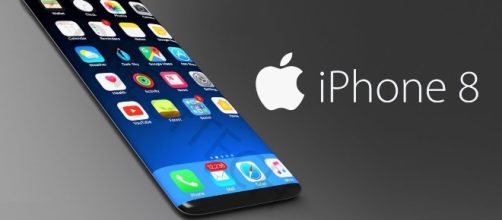Designers and engineers at Apple had a tense month in June because of software problems with the upcoming iPhone 8. Fast Company reported that a sense of panic gripped the iPhone team of the Cupertino-based tech giant as members of the team rushed to fix the problems.
Unless the wireless charging and Facial Recognition problems are fixed, these features could be disabled when Apple launches the flagship 10th anniversary iPhone in September. The other possibility is it could cause delays in the production and shipment of the phone.
New technologies for iPhone
Apple must solve these software issues, otherwise the 10th anniversary iPhone – called the iPhone 8, iPhone Pro, or iPhone X – would lose its edge since the features are found in the devices of its rivals such as Samsung phones. In the case of the wireless charging feature, if Apple could not get the technology to work smoothly in time for the anticipated fall launch, the hardware may be inoperable, but Apple would enable that feature later.
Apple is reportedly using an inductive type of charging. Under this system, the iPhone would sit directly on a separate charging devices using the Qi wireless charging standard. Broadcom Ltd., a chipmaker, provided Apple the wireless charging component, but the problem is the software, not the hardware.
Forbes pointed out that wireless charging, as a tentpole feature of the iPhone 8, is the reason why Apple changed the design of its upcoming flagship. The tech giant shifted to OLED glass for the entire chassis instead of the usual aluminum body to make the wireless technology work.
Apple had done that with the Portrait Mode in the iPhone 7 Plus. The tech giant built into the phone the chips and sensors, but Apple activated the Portrait Mode later after it had perfected the software.
Front-facing 3D sensor
Another issue that Apple must resolve is the front-facing 3D sensor to get the feature to work reliably. Similar to the problem with wireless charging, the hardware is available, but the accompanying software is not yet ready.
The purpose of the front-facing 3D sensor is to recognize the face of the user to unlock the gadget. While seeking a solution to the software issue, Apple could use initially the 3D sensor, if it were to work, instead of the Touch ID fingerprint scanner which has an important role in Apple Pay’s security.
Technologies that are still being tested, but are rushed to beat the competition, are not an exclusive problem of Apple. The Bixby Voice app on the Samsung Galaxy S8 is also going through a slow release, CNET noted.


